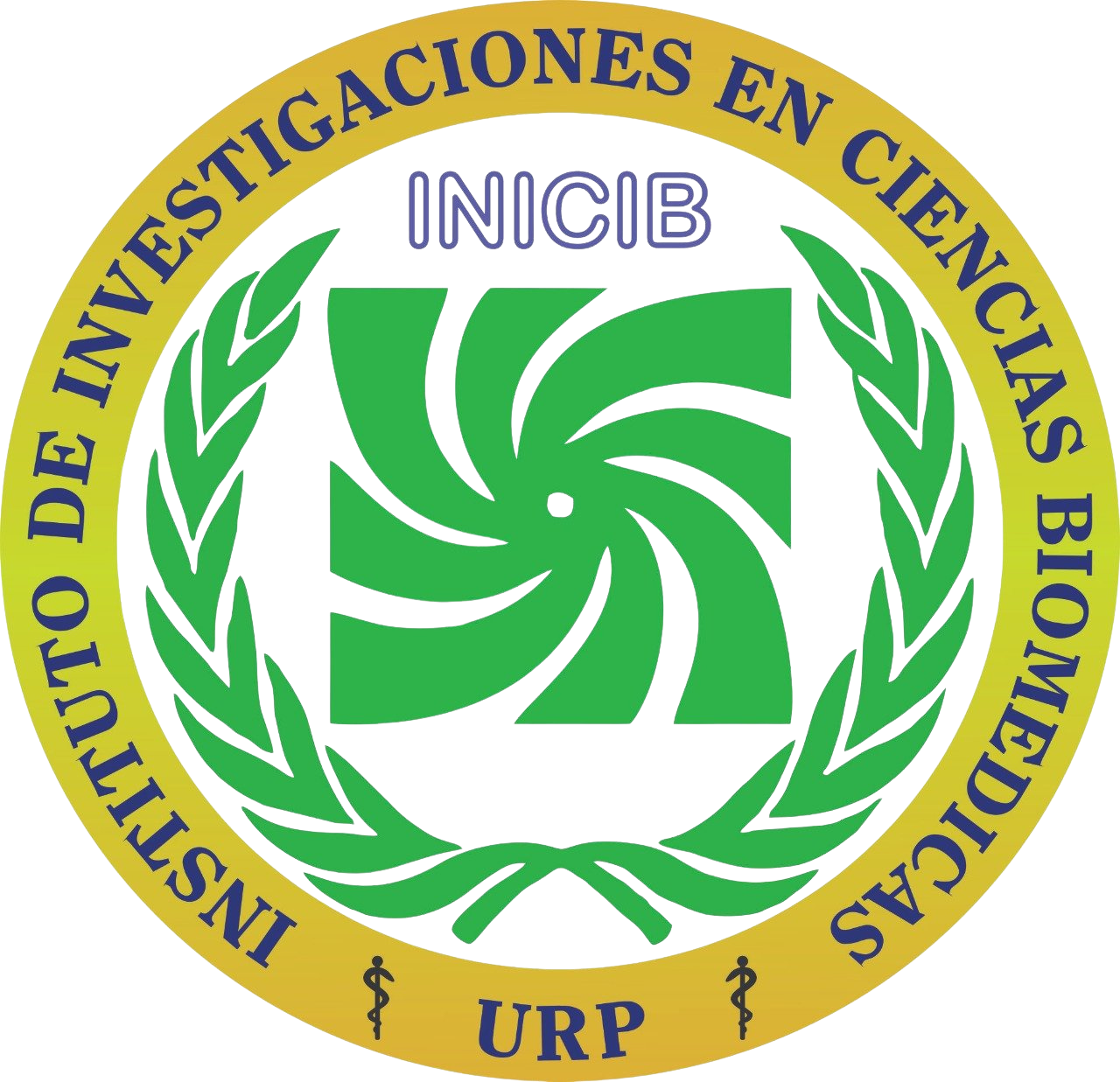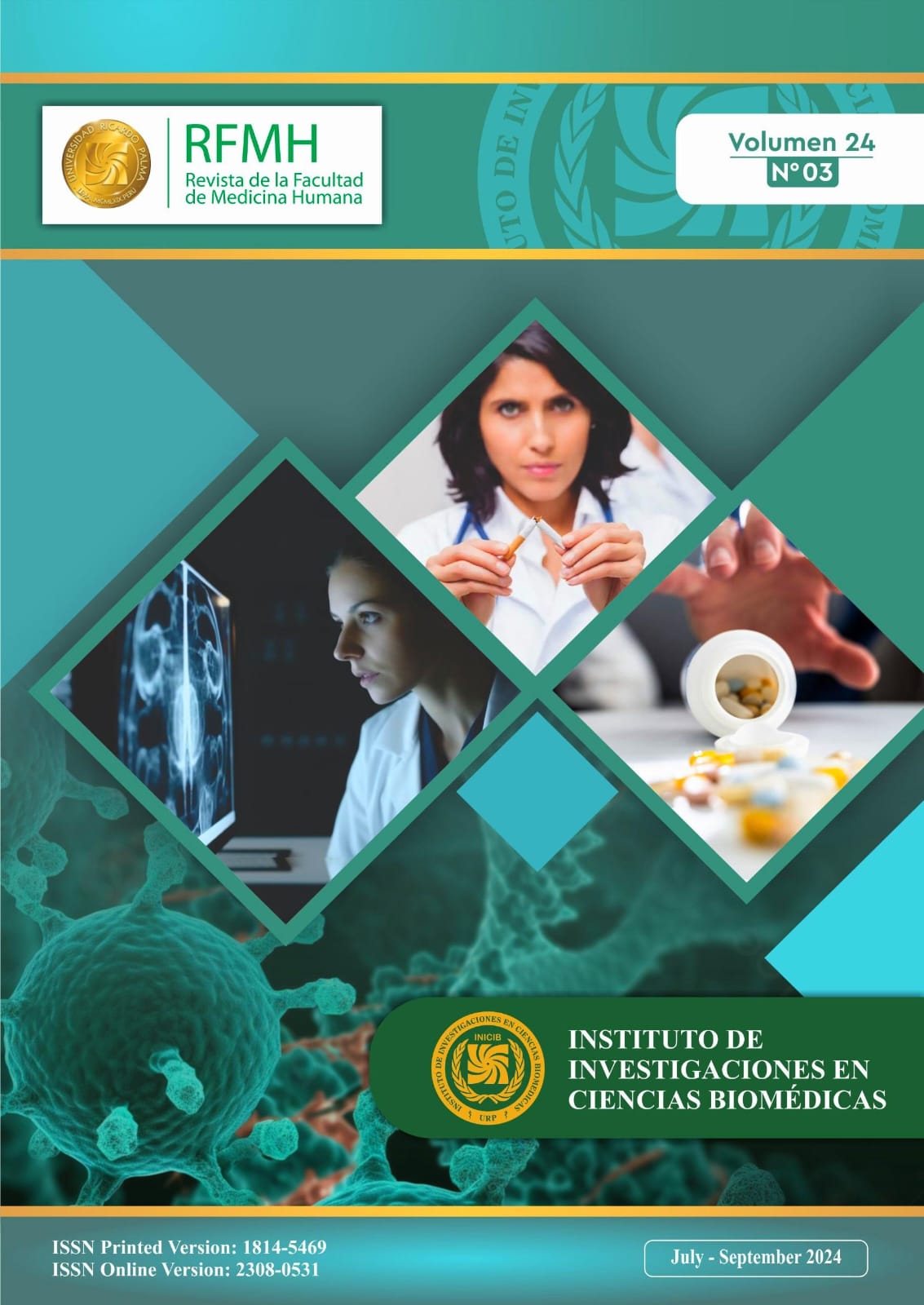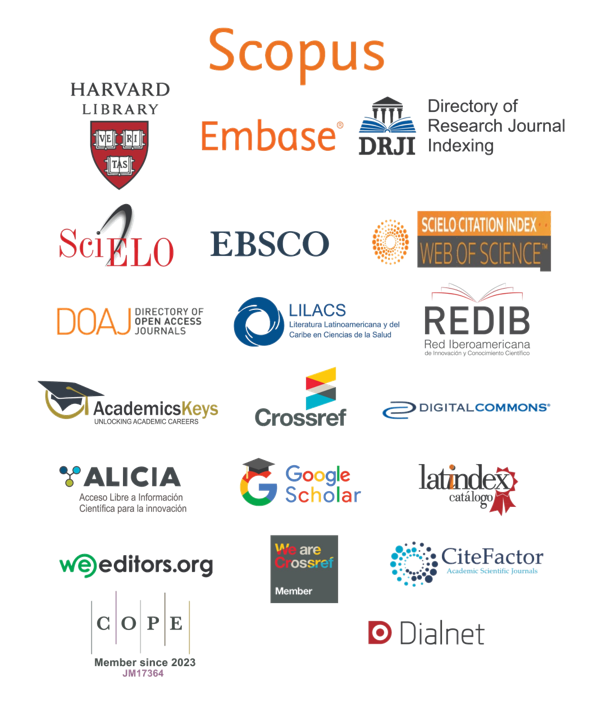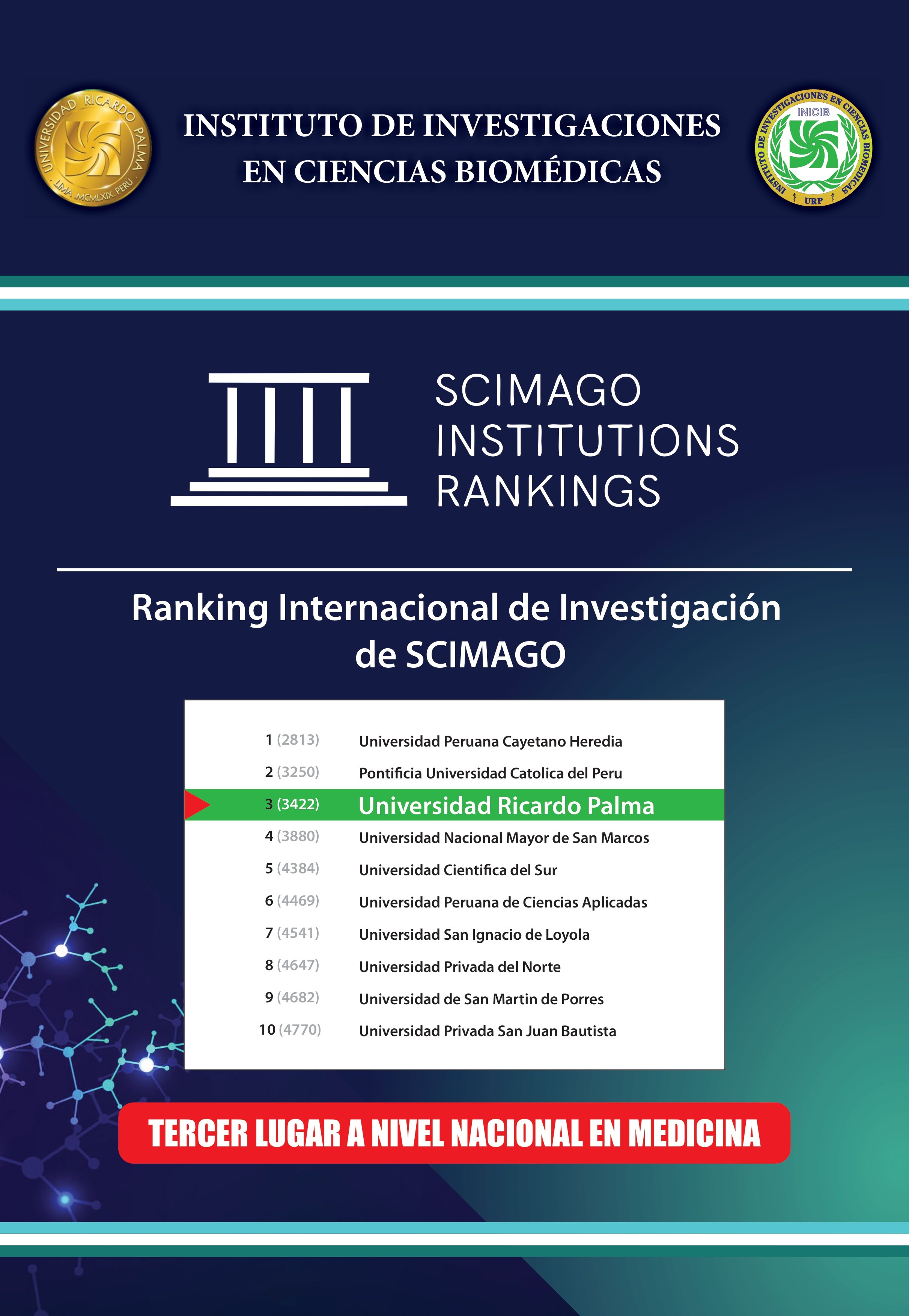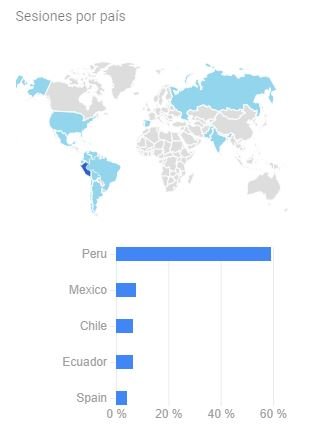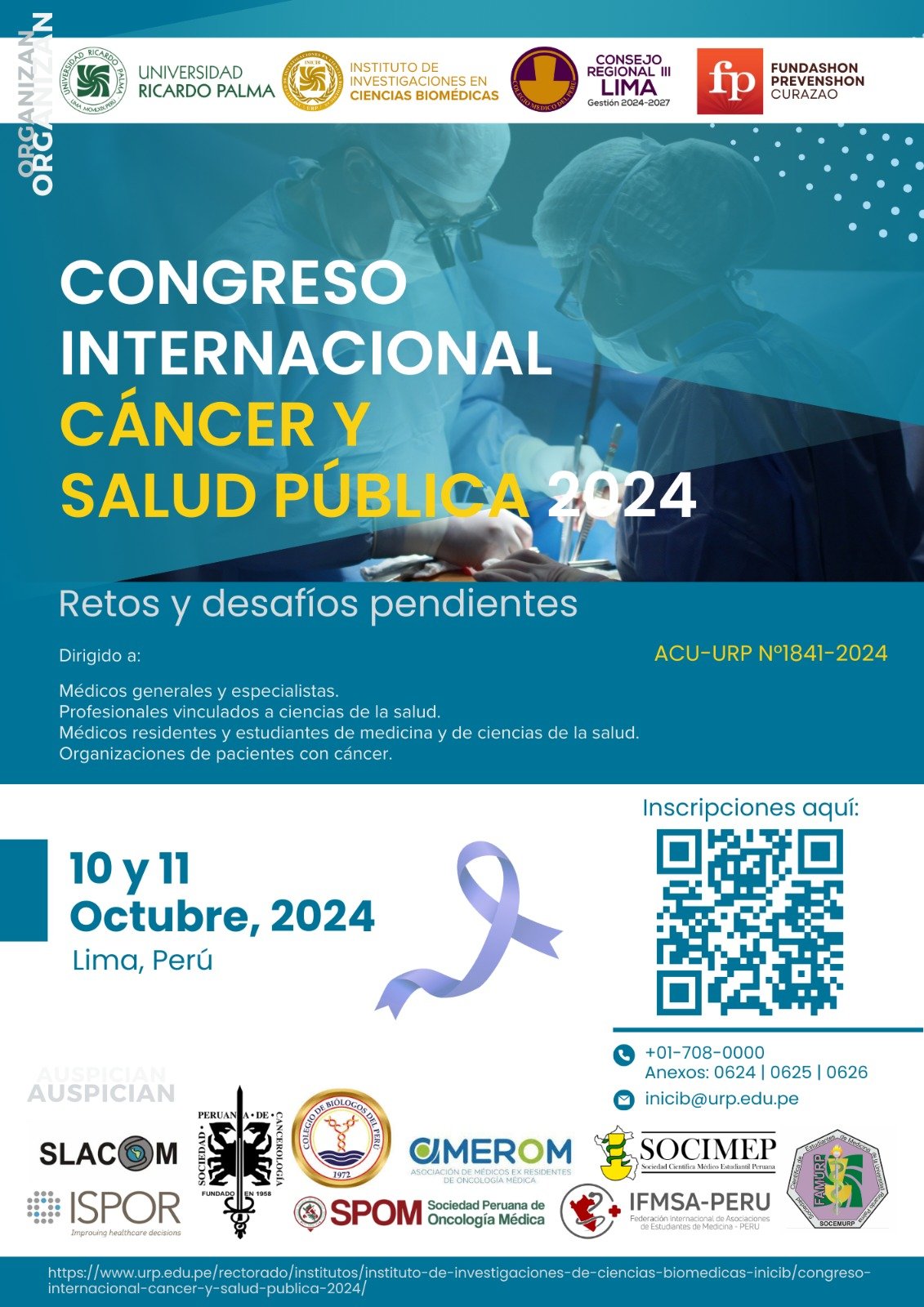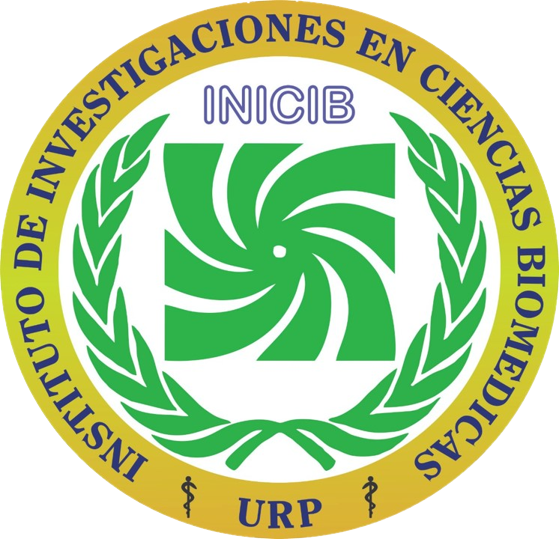Hypertriglyceridemia associated with insulin resistance in children with obesity
Hipertrigliceridemia asociada a resistencia a la insulina en niños con obesidad
DOI:
https://doi.org/10.25176/RFMH.v24i2.6053Keywords:
Hypertriglyceridemia, Insulin Resistance, Pediatric ObesityAbstract
Introduction: Hypertriglyceridemia has been linked to insulin resistance.
Objectives: To evaluate the relationship and predictive capacity of hypertriglyceridemia for insulin resistance in obese children.
Methods: A cross-sectional analytical study was conducted in obese children aged 6 to 14 years, treated at the Belén Hospital of Trujillo between 2014 and 2019. Fifty-eight randomly selected medical records were analyzed. Insulin resistance was measured using the Homeostasis Model Assessment (HOMA) index (≥3). Descriptive, correlational analyses, and Odds Ratio (OR) calculations were used, along with predictive indicators such as sensitivity and specificity.
Results: Of the 58 children studied, 58.6% had elevated triglyceride levels and 74.1% showed insulin resistance. There was a significant correlation between triglyceride levels and the HOMA index (coef.: 0.543; p<0.001). Elevated triglyceride levels (OR=18.91; 95% CI: 3.67-97.36; p<0.001), fasting glucose (OR=46.20; 95% CI: 5.39-396.06; p=0.010), fasting insulin (OR=52.89; 95% CI: 6.11-457.55; p<0.001), and the presence of acanthosis nigricans (OR=36.17; 95% CI: 4.28-305.98; p<0.001) were significantly associated with insulin resistance. Hypertriglyceridemia showed a sensitivity of 74.4% and a specificity of 86.7% for predicting insulin resistance.
Conclusion: Hypertriglyceridemia is significantly associated with insulin resistance in obese children and has an acceptable performance as a predictor. This factor may serve as an early marker and predictor to implement appropriate preventive measures in vulnerable populations.
Downloads
References
Organización Mundial de la Salud (OMS). Obesidad y sobrepeso. 2021. Disponible en: https://www.who.int/es/news-room/fact-sheets/detail/obesity-and-overweight
Organización Mundial de la Salud (OMS). La obesidad entre los niños y los adolescentes se ha multiplicado por 10 en los cuatro últimos decenios. 2017. Disponible en: https://www.who.int/es/news/item/11-10-2017-tenfold-increase-in-childhood-and-adolescent-obesity-in-four-decades-new-study-by-imperial-college-london-and-who
Calderín R, Yanes MÁ, Yanes M, Cabrera E, Fernández-Britto J, Jiménez R. Resistencia a la Insulina y Síndrome Metabólico en pacientes dislipidémicos. Acta Médica. 2015;15(1):1–17. Disponible en: https://www.medigraphic.com/pdfs/actamedica/acm-2015/acm151b.pdf
Barja S, Arnaiz P, Villarroel L, Domínguez A, Castillo O, Farías M, et al. Dislipidemias en escolares chilenos: Prevalencia y factores asociados. Nutricion Hospitalaria. 2015;31(5):2079–87. doi:10.3305/nh.2015.31.5.8672
Pajuelo J, Bernui I, Sánchez J, Arbañil H, Miranda M, Cochachin O, et al. Obesidad, resistencia a la insulina y diabetes mellitus tipo 2 en adolescentes. Anales de la Facultad de Medicina. 2018;79(3):200–5. doi:10.15381/anales.v79i3.15311
Jo-Vargas N, Marin-Marin D, Puicón-Montero C. Prevalencia de sobrepeso y obesidad en niños y adolescentes a grandes altitudes del ande peruano. Revista de la Facultad de Medicina Humana. 2018;18(4):1–10. doi:10.25176/RFMH.v18.n4.1735
Cabrera F, Palma C, Campos L, Valverde L. La hipertrigliceridemia como marcador temprano de resistencia a la insulina en obesidad infanto-juvenil. Revista Cubana de Pediatria. 2018;90(3):1–12. Disponible en: http://scielo.sld.cu/scielo.php?script=sci_arttext&pid=S0034-75312018000300002
Bloomgarden ZT. Insulin Resistance, Dyslipidemia, and Cardiovascular Disease. Diabetes Care. 2007;30(8):2164–2170. doi:10.2337/dc07-zb08
McLaughlin T, Abbasi F, Lamendola C, Yeni-Komshian H, Reaven G. Carbohydrate-Induced Hypertriglyceridemia: An Insight into the Link between Plasma Insulin and Triglyceride Concentrations*. The Journal of Clinical Endocrinology & Metabolism. 2000;85(9):3085–8. doi:10.1210/jcem.85.9.6838
Ortega R, García A, Trujillo X, Barrera JC, López AL, Delgadillo M, et al. Relación entre índices de adiposidad visceral con componentes del síndrome metabólico en pacientes pediátricos con sobrepeso y obesidad. Nutrición Clínica y Dietética Hospitalaria. 2017;37(3):117–23. doi:10.12873/373ortegacortes
Simha V. Management of hypertriglyceridemia. BMJ. 2020;371. doi:10.1136/bmj.m3109
García E. Obesidad y síndrome metabólico en pediatría. En: Actualización en Pediatría. 1° Ed. Madrid, España: Lúa Ediciones; 2015; 71–84. Disponible en: https://www.aepap.org/sites/default/files/cursoaepap2015p71-84.pdf
Khalili D, Khayamzadeh M, Kohansal K, Ahanchi NS, Hasheminia M, Hadaegh F, et al. Are HOMA-IR and HOMA-B good predictors for diabetes and pre-diabetes subtypes? BMC Endocr Disord. 2023;23(1):39. doi:10.1186/s12902-023-01291-9
Araujo M, Casavalle P, Tonietti M. Consenso sobre manejo de las dislipidemias en pediatría. Arch Argent Pediatr. 2015;113(2):177–86. doi:10.5546/aap.2015.177
Picos S, Pérez LM. Resistencia insulínica y los componentes del síndrome metabólico en niños y adolescentes obesos. Revista Cubana de Pediatria. 2015;87(4):449–59. Disponible en: http://scielo.sld.cu/pdf/ped/v87n4/ped07415.pdf
Ma M, Liu H, Yu J, He S, Li P, Ma C, et al. Triglyceride is independently correlated with insulin resistance and islet beta cell function: A study in population with different glucose and lipid metabolism states. Lipids in Health and Disease. 2020;19(1):1–12. doi:10.1186/s12944-020-01303-w
Yeh WC, Tsao YC, Li WC, Tzeng IS, Chen LS, Chen JY. Elevated triglyceride-to-HDL cholesterol ratio is an indicator for insulin resistance in middle-aged and elderly Taiwanese population: A cross-sectional study. Lipids in Health and Disease. 2019;18(1):1–7. doi:10.1186/s12944-019-1123-3
Duncan RE, Ahmadian M, Jaworski K, Sarkadi-Nagy E, Sul HS. Regulation of Lipolysis in Adipocytes. Annu Rev Nutr. 2007;27(1):79–101. doi:10.1146/annurev.nutr.27.061406.093734
Ormazabal V, Nair S, Elfeky O, Aguayo C, Salomon C, Zuñiga FA. Association between insulin resistance and the development of cardiovascular disease. Cardiovascular Diabetology. 2018;17(1):1–14. doi:10.1186/s12933-018-0762-4
Almánzar R, Pimentel RD. Síndrome metabólico en niños y adolescentes obesos en el hospital infantil Dr. Robert Reid Cabral, en Santo Domingo, República Dominicana. Ciencia y Salud. 2017;1(1):41–4. doi:10.22206/CYSA.2017.V1I1.PP41-44
Packard CJ, Boren J, Taskinen MR. Causes and Consequences of Hypertriglyceridemia. Frontiers in Endocrinology. 2020;11(1):1–15. doi:10.3389/fendo.2020.00252
Dimitriadis G, Mitrou P, Lambadiari V, Maratou E, Raptis SA. Insulin effects in muscle and adipose tissue. Diabetes Research and Clinical Practice. 2011;93(1):52–9. doi:10.1016/S0168-8227(11)70014-6
Stoddart ML, Blevins KS, Lee ET, Wang W, Blackett PR. Association of Acanthosis Nigricans With Hyperinsulinemia Compared With Other Selected Risk Factors for Type 2 Diabetes in Cherokee Indians: The Cherokee Diabetes Study. Diabetes Care. 2002;25(6):1009–14. doi:10.2337/diacare.25.6.1009
Kobaissi HA, Weigensberg MJ, Ball GDC, Cruz ML, Shaibi GQ, Goran MI. Relation Between Acanthosis Nigricans and Insulin Sensitivity in Overweight Hispanic Children at Risk for Type 2 Diabetes. Diabetes Care. 2004;27(6):1412–6. doi:10.2337/diacare.27.6.1412
Single-centre case–control study investigating the association between acanthosis nigricans, insulin resistance and type 2 diabetes in a young, overweight, UK population | BMJ Paediatrics Open [Internet]. [citado el 19 de mayo de 2024]. doi:10.1136/bmjpo-2022-001574
Turner MC, Martin NRW, Player DJ, Ferguson RA, Wheeler P, Green CJ, et al. Characterising hyperinsulinemia-induced insulin resistance in human skeletal muscle cells. Journal of Molecular Endocrinology. 2020;64(3):125–32. doi:10.1530/JME-19-0169

Downloads
Published
How to Cite
Issue
Section
License
Copyright (c) 2024 Revista de la Facultad de Medicina Humana

This work is licensed under a Creative Commons Attribution 4.0 International License.


